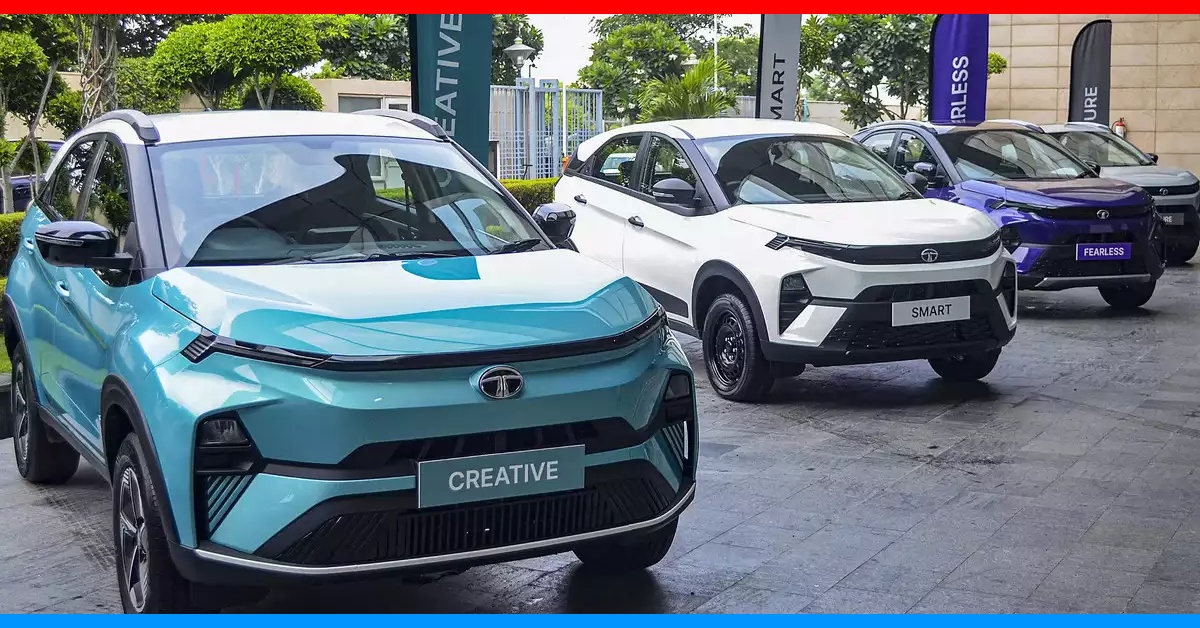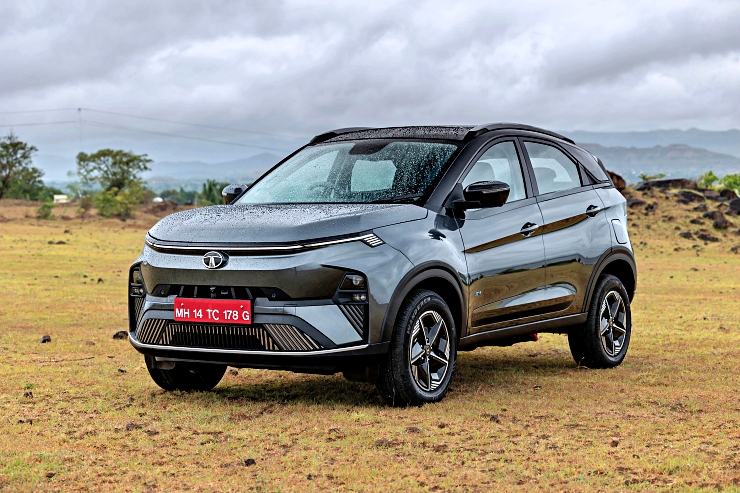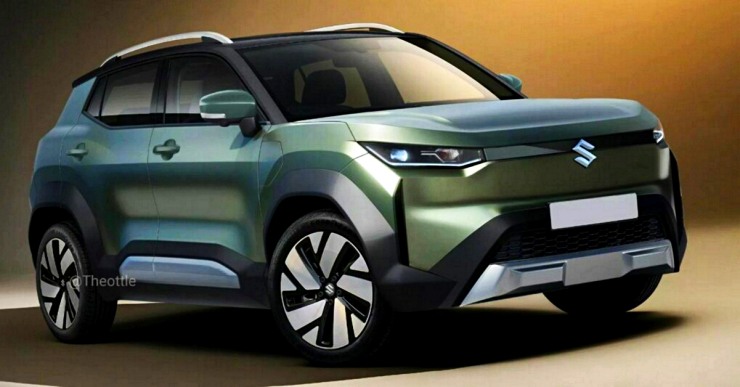India’s Electric Car Sales Crash To Year’s Lowest In August 2024


As unfortunate as it may be, it has been reported that the retail sales of electric passenger vehicles (ePVs) have plummeted to their lowest point of the year in August 2024. The month of monsoon saw a sharp decline in the sales of electric cars, SUVs, and MPVs. The total sales of electric vehicles from all the major automakers that offer EVs in India were 6,335 units. Last year, in the same month, EV sales were reported to be 7,012 units. Now, there are a few reasons behind this shift in market sentiment for EVs, and we have listed them below.

First off, let’s jump into the details of the August 2024 electric vehicle sales. As mentioned, the electric passenger vehicle sales dropped to just 6,335 units. This marks a significant 10% year-on-year (YoY) decline from August 2023.
In the same month last year, the total sales of EVs were reported to be 7,012 units. There has been an even steeper 19% month-on-month decrease from July 2024’s 7,898 units. Reportedly, the cumulative sales for the first eight months of 2024 reached 62,931 units.

This represents an 18% increase YoY. However, the falling sales have become an issue for many automakers that have invested billions in the development of electric vehicles. Key players in the market, such as Tata Motors, MG Motor India, Mahindra & Mahindra, and others, have experienced notable declines.
Tata Motors, which is currently the market leader, sold 4,085 electric vehicles (EVs) in August 2024. This represents a 14% drop from the 4,777 units sold in August 2023. Meanwhile, MG Motor India, despite increasing its market share to 21%, witnessed a slight reduction in its growth momentum.
Now, coming to the reasons behind the decline in electric car sales in India. It has to be noted that several factors contribute to this recent decline. One of the primary reasons is the issue of range anxiety. Many potential buyers remain hesitant to switch to EVs due to concerns about the limited driving range and the availability of charging infrastructure.

Now, although the range of electric cars is increasing day by day, it is still not enough. Additionally, the charging network in many parts of India remains inadequate, especially for long-distance travel. This is a major reason that is deterring consumers from investing in electric cars.
Another significant barrier is the high cost of electric vehicles compared to traditional internal combustion engine (ICE) cars. Despite the long-term savings on fuel and maintenance, the upfront cost of EVs continues to be a deterrent for many buyers. Also, government subsidies, which had previously played a crucial role in making EVs more affordable, are now being reduced.
Apart from these above-mentioned reasons, another important reason for the falling sales of EVs is that the early EV adopters have already bought these cars. Due to this, the initial surge in EV sales has died down, and now automakers have to convince traditional car buyers to make EV purchases. However, this is proving to be very difficult.

Despite the downturn in August, many believe that there is potential for recovery in the coming months. The introduction of new electric models, such as the Tata Curvv, MG Windsor, Maruti Suzuki eVX, and Hyundai Creta EV, could rejuvenate the market. Additionally, the upcoming festive season also holds promise, where we can see an increase in the sales of EVs.

Traditionally, the last quarter of the year sees a spike in vehicle purchases due to various festivals and the associated offers and discounts from manufacturers. This seasonality, combined with the new launches, could help the industry regain momentum and push electric car sales back into positive territory.
It has to be noted that while the electric car market struggles, the electric two-wheeler segment tells a different story. In August 2024, retail sales of electric two-wheelers stood at 88,451 units. This marks a 41% YoY increase from August 2023. However, there is a 17% decline from July’s peak of 107,000 units.

The strength of the electric two-wheeler market can be attributed to several factors. First and foremost is affordability. Electric scooters and motorcycles are generally priced much lower than electric cars, making them accessible to a broader segment of the population.
Additionally, range anxiety is less of an issue for two-wheelers because they are typically used for shorter, urban commutes where charging infrastructure is more readily available. Manufacturers like Ola Electric, TVS Motor Co., and Bajaj Auto have capitalized on these factors.

Due to this, they are reporting strong sales figures even in the face of challenges. Ola Electric, for instance, sold 27,506 units in August 2024. It managed to maintain a 31% market share despite a 34% month-on-month decline. Bajaj Auto, on the other hand, saw a significant 154% YoY increase, with 16,699 units sold in August 2024.

The contrasting performance of electric cars and two-wheelers gives us an idea of the challenges and opportunities within the EV market. While electric car sales face a slowdown due to high costs, range anxiety, and infrastructure gaps, the two-wheeler segment benefits from affordability and the suitability of EVs for short-distance travel.
For the electric car market to recover, addressing these challenges will be very important. Expanding the charging infrastructure, reducing the cost of EVs, and continued government support will be key to driving growth. Additionally, as new models enter the market and consumer awareness of the benefits of EVs grows, the EV industry may see a shift in consumer preferences.